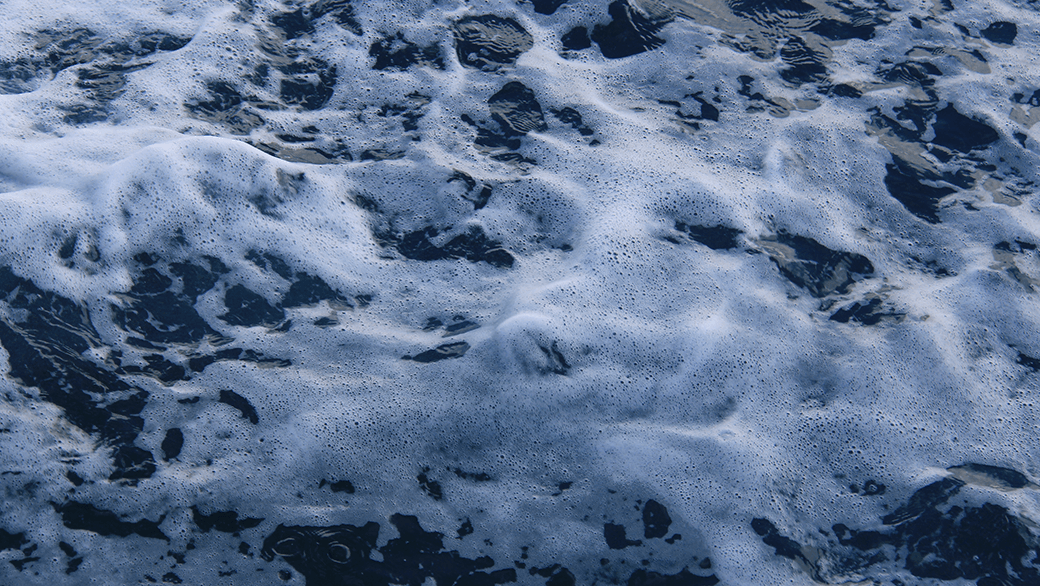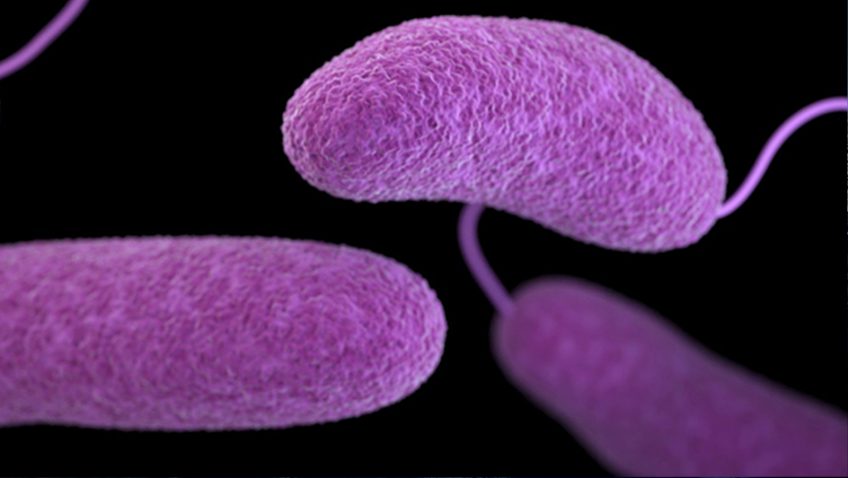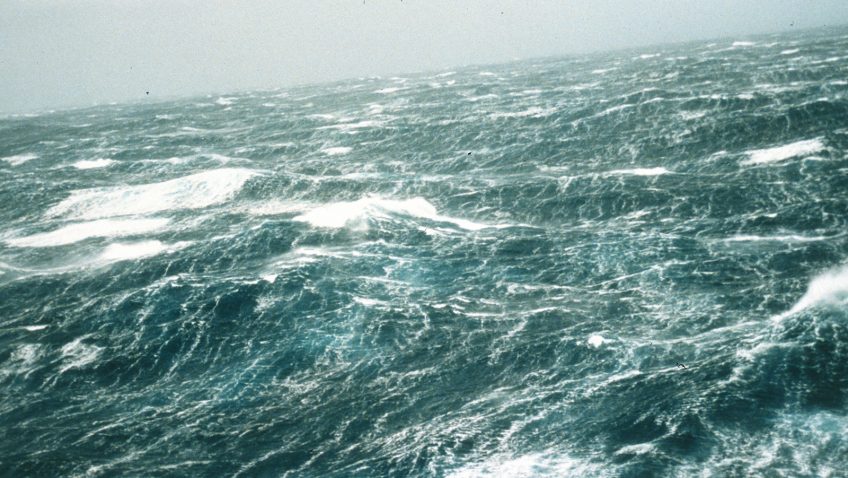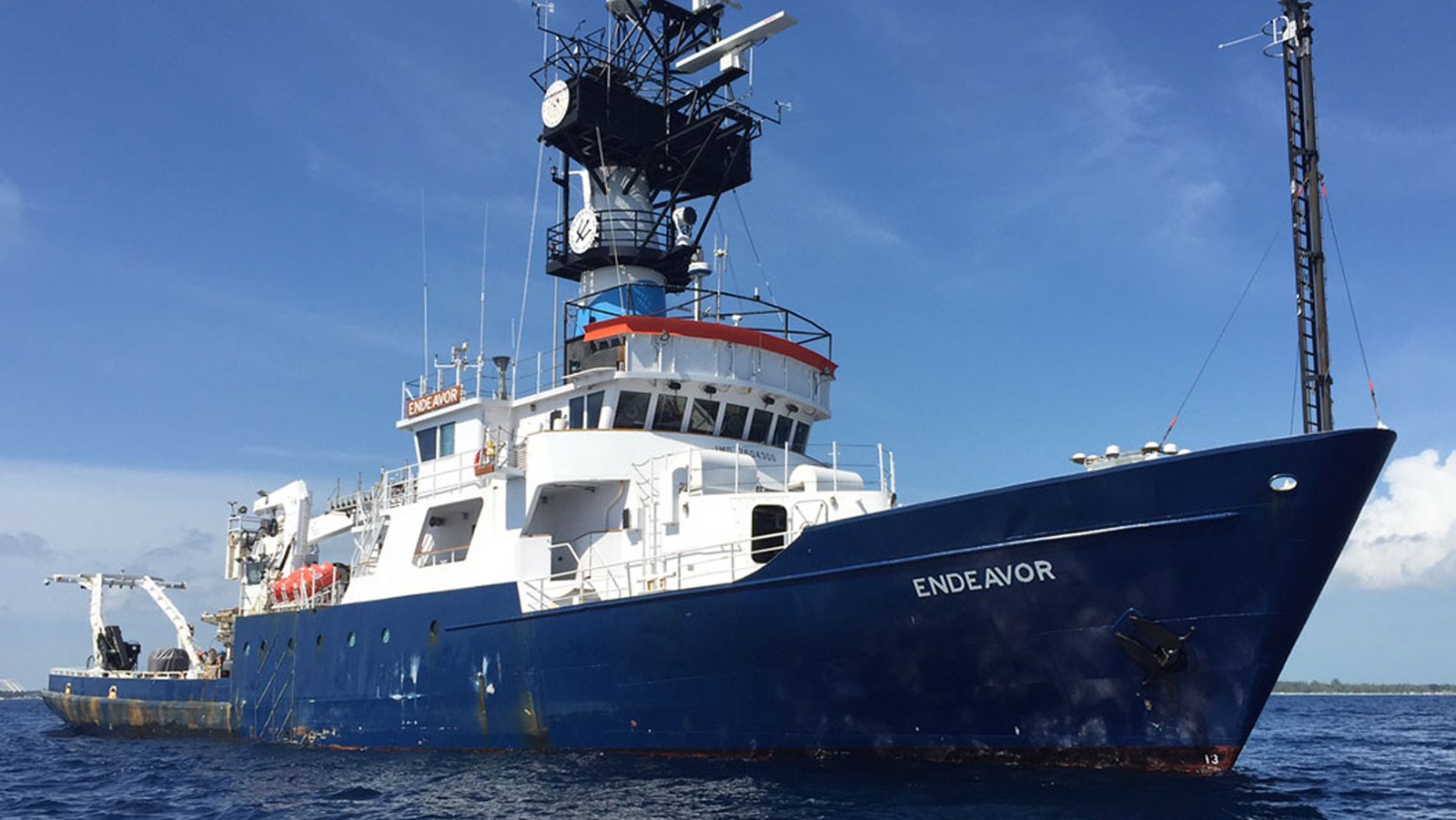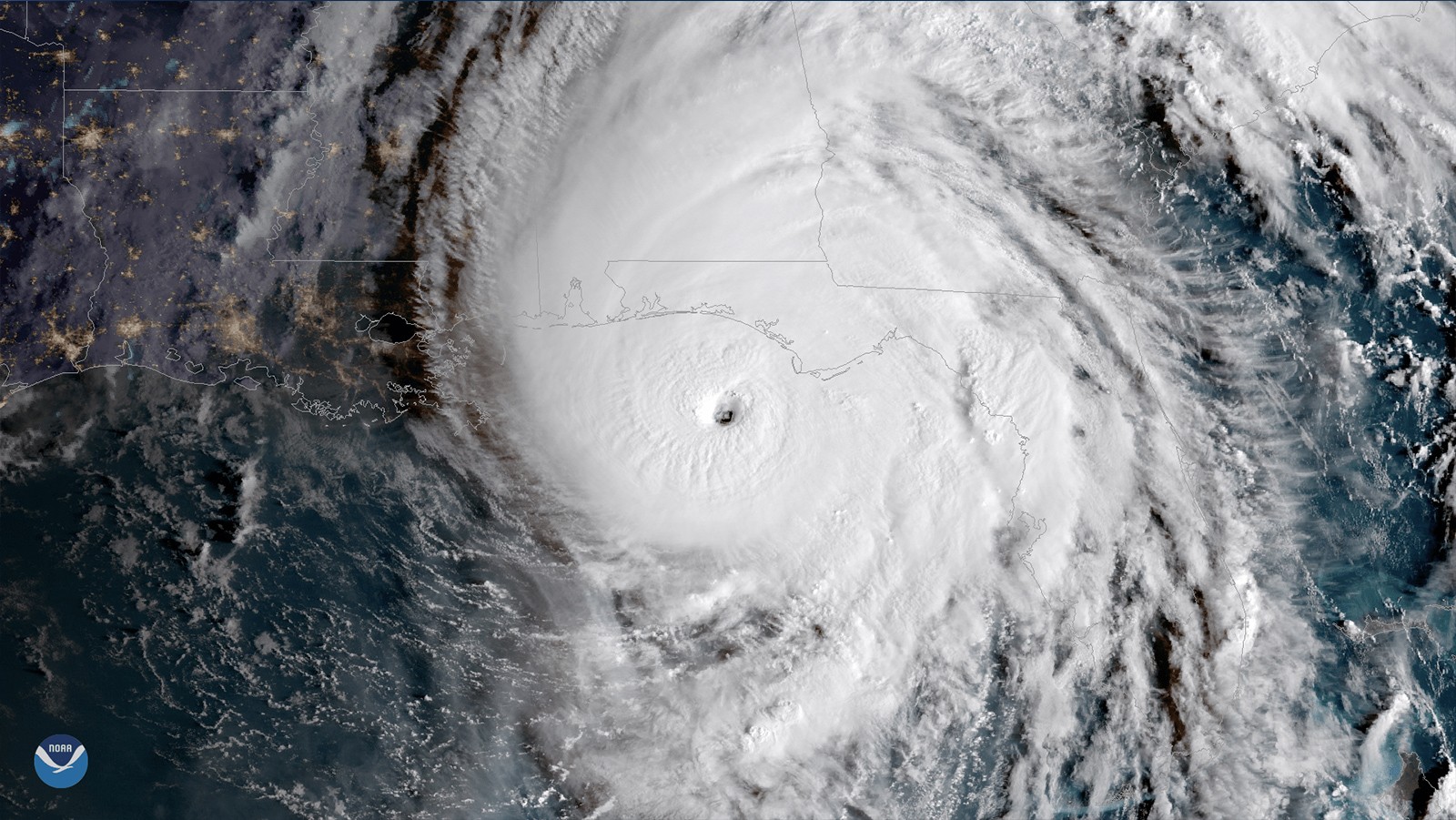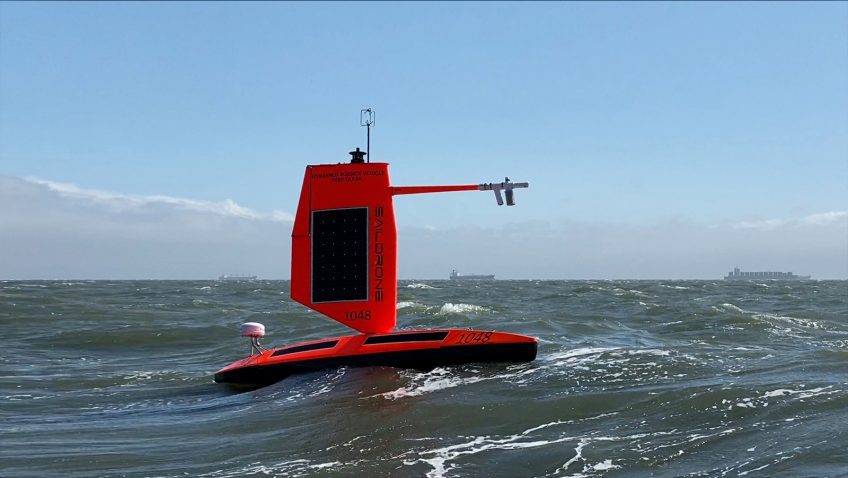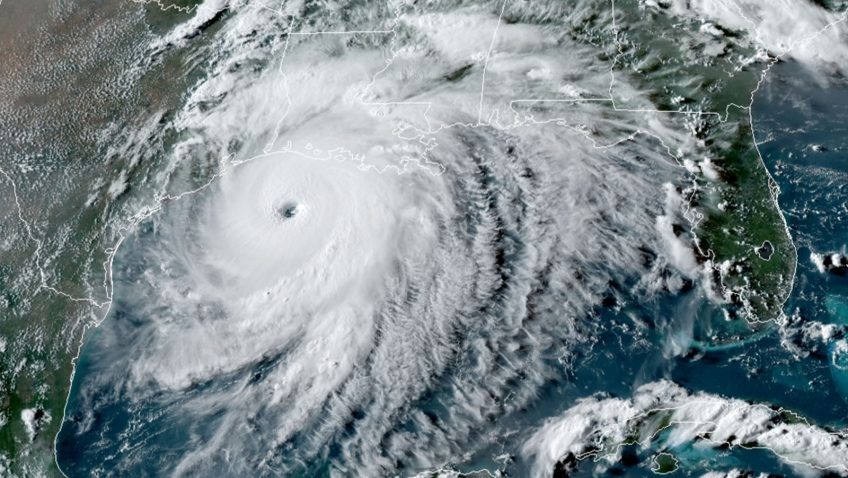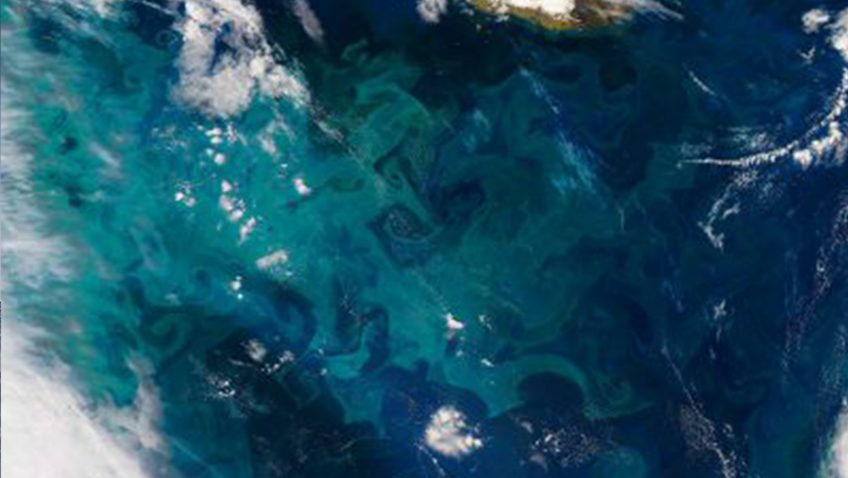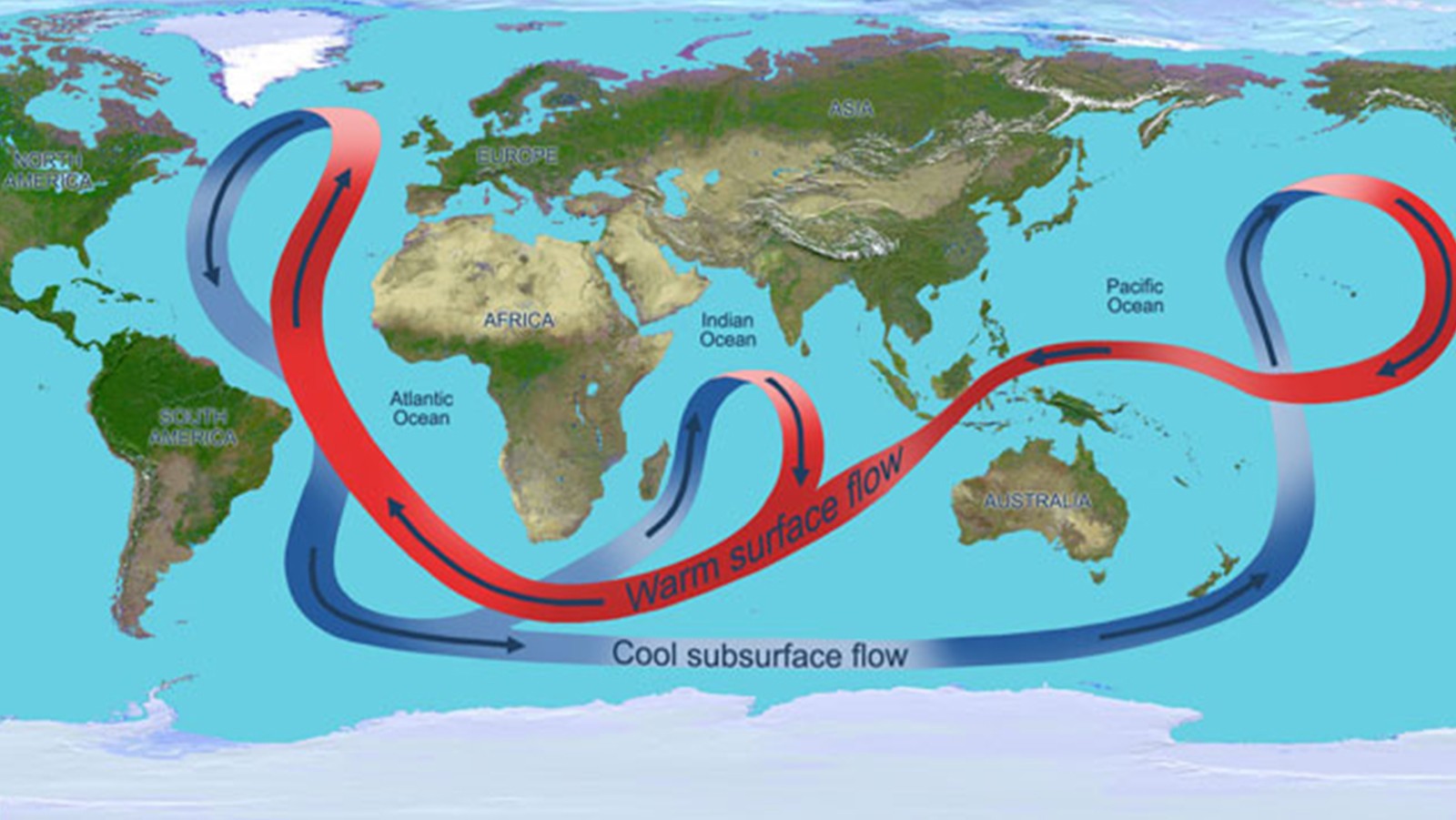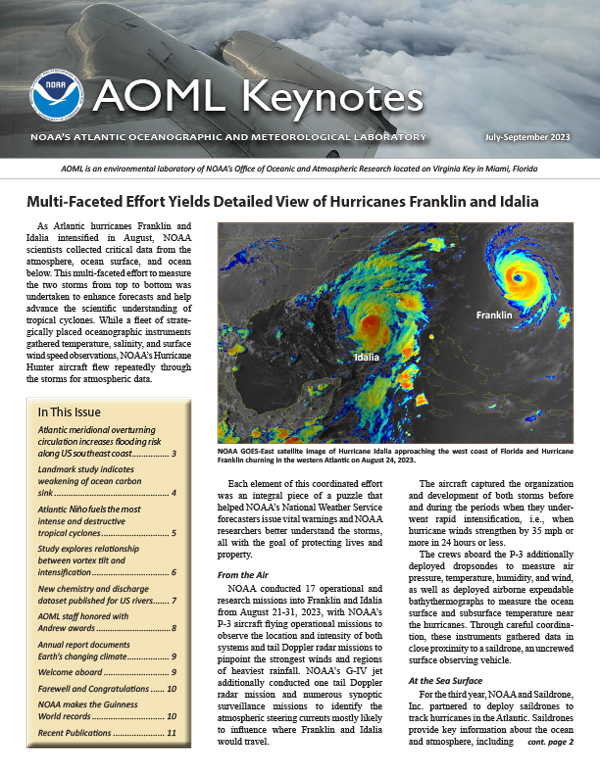2020 State of the Climate Report Shows Global Ocean Processes are Shifting
Today, August 25th, the 2020 State of the Climate report was released by the American Meteorological Society, showing 2020 to be one of the hottest years on record since the start of the Industrial Revolution. Even with environmental cooling factors, such as the transition from the El Niño of 2018-2019 to the La Niña of late 2020, global trends indicate the Earth is warming and sea level is rising. Throughout the report, environmental processes that influence climate and these warming trends are documented.
